From Alaska airlines flight
#SpaceExploration
Solar Eclipse from Alaska airlines flight #SpaceExploration
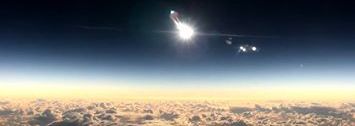
From Alaska airlines flight
#SpaceExploration
Solar Eclipse from Alaska airlines flight #SpaceExploration
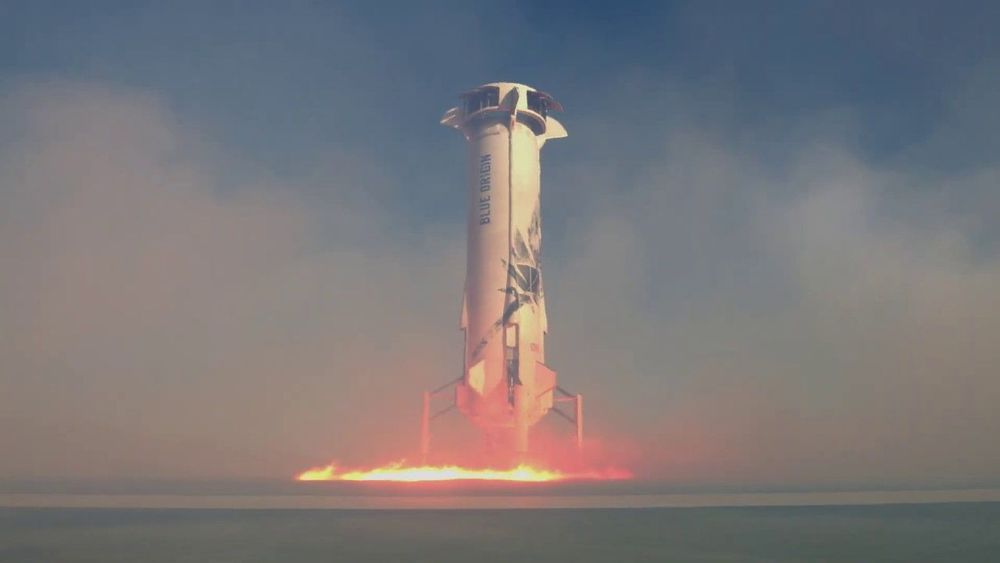
NASA Administrator Jim Bridenstine signaled today that astronauts would soon be cleared to take suborbital spaceflights aboard the commercial rocket ships being tested by Virgin Galactic and by Amazon CEO Jeff Bezos’ Blue Origin space venture.
“NASA is developing the process to fly astronauts on commercial suborbital spacecraft,” Bridenstine said in a tweet. “Whether it’s suborbital, orbital or deep space, NASA will utilize our nation’s innovative commercial capabilities.”
Bridenstine said the details will be laid out in a request for information to be released next week. Efforts to get further information from NASA Headquarters weren’t immediately successful.
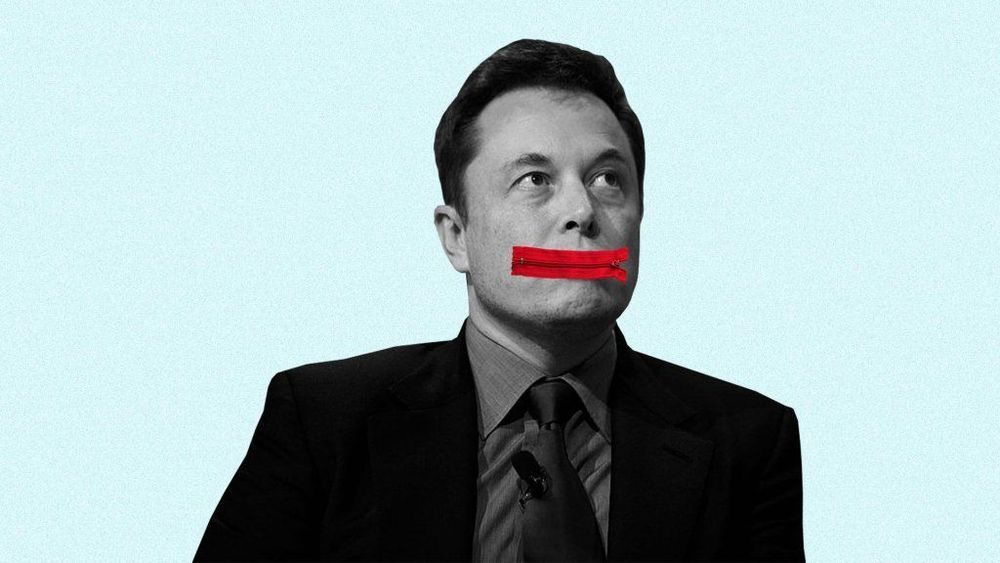
The rule of awkward silence is simple: When faced with a challenging question, instead of answering, you pause and think deeply about how you want to answer.
But make no mistake, this is no short pause. You might go five, 10, or even 15 seconds before offering a response. Which, if you’re not used to doing it, will feel very awkward—at first.
Garrett Reisman, an engineer and former astronaut who left NASA to join SpaceX, described how Musk uses this technique in a recent interview.
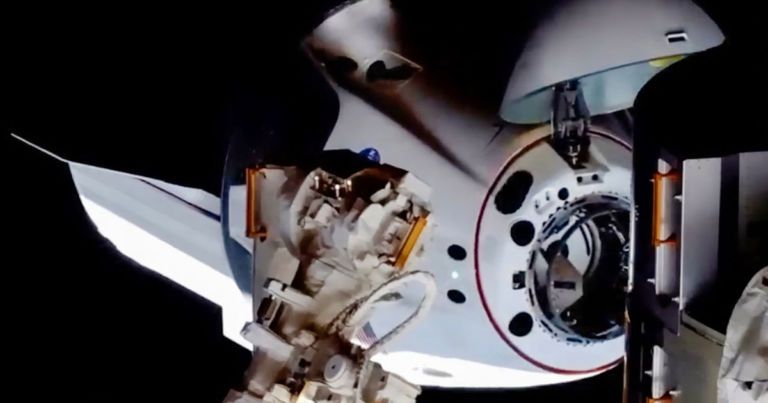
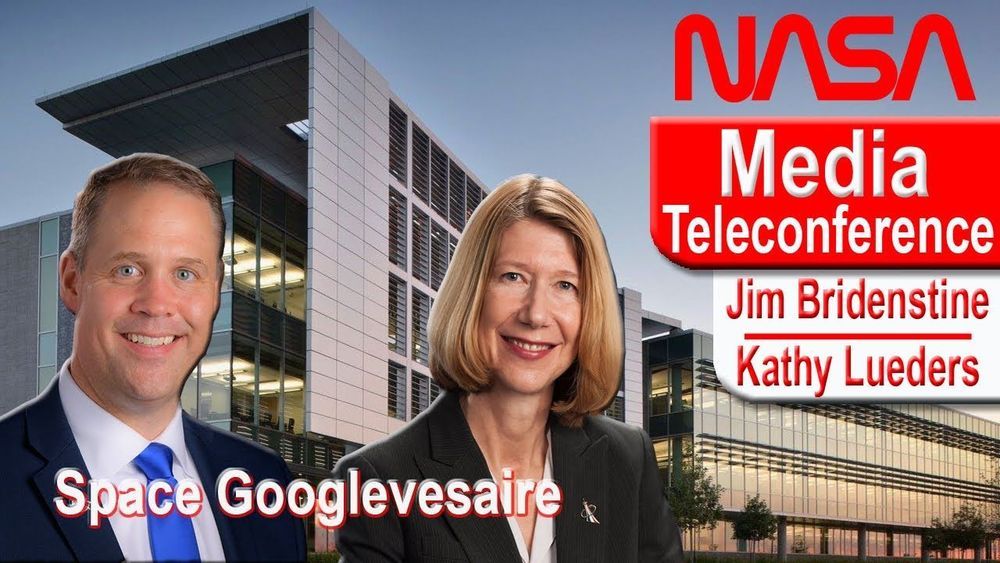
https://youtube.com/watch?v=-TLx1AWUiBM
NASA’s newly named associate administrator for human exploration and operations, Kathy Lueders, says that SpaceX’s Crew Dragon capsule “has been doing great” at the International Space Station — and that the NASA astronauts who rode it to orbit are likely to come back down to Earth in early August.
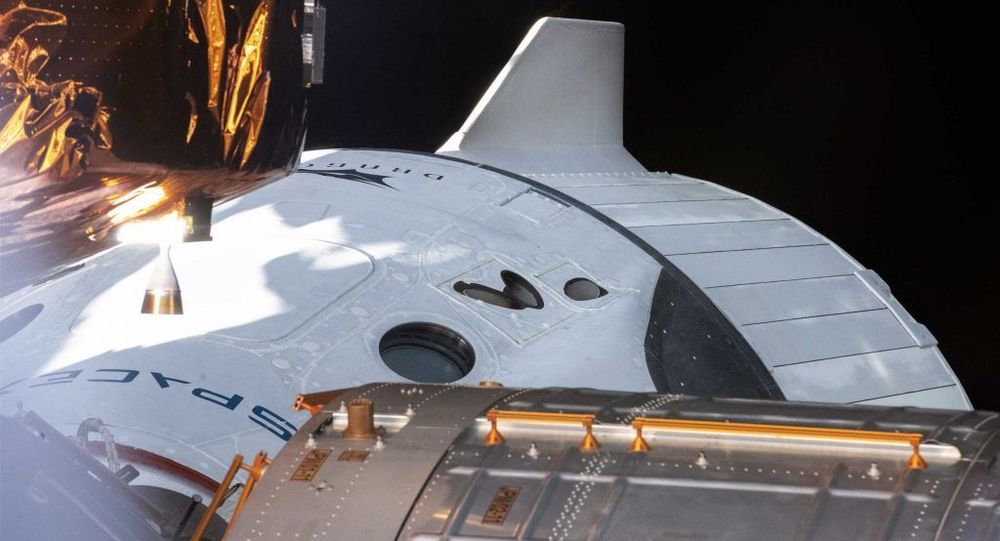
SpaceX’s first human-proven Crew Dragon spacecraft is being put through its paces in orbit by NASA and even Roscosmos astronauts, according to senior agency leader.
Promoted to lead NASA’s Human Spaceflight Office (HEOMD) days ago, former Commercial Crew Program (CCP) manager Kathy Lueders primarily spoke about her new job – guiding the Artemis Moon landing program – but did manage to answer some questions about her former post. Successfully launched on May 30th, SpaceX’s inaugural Crew Dragon astronaut mission also marked NASA’s first domestic astronaut launch since June 2011, an achievement that unsurprisingly helped catapult Lueders up the ranks just a few weeks later.
Thus far, SpaceX’s first crewed launch is arguably the crowning achievement of both the company and the commercial spaceflight industry it’s largely come to represent. The mission isn’t over yet, however, and International Space Station (ISS) astronauts are reportedly hard at work as they continue to test the historic Crew Dragon spacecraft and push it to a whole new genre of limits.
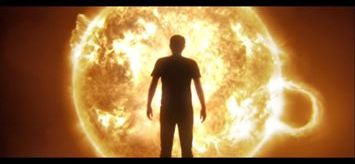
Stephen Hawking — He believed that our destiny is in the stars and in the next 100 years, humans need to leave the Earth and embark to other planets
#MustWatch
#ReallyInspirational
#SpaceExploration
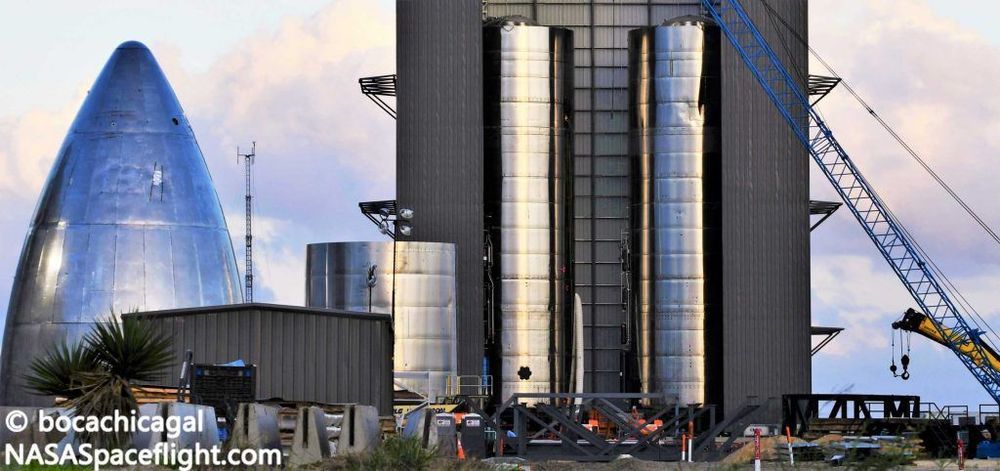
SpaceX appears to be on track to complete its third Starship prototype in a month just days after the company finished testing a new steel tank and at the same time as it prepares to roll another full-scale ship to the launch pad.
Postponed by several weeks after the (fleeting) success of the Starship serial number 4 (SN4) prototype, violently destroyed by a minor testing mishap on May 29th, SpaceX’s fifth full-scale Starship tank section (SN5) could roll to an adjacent testing facility at any point in the next few days. In fact, SN4’s successor has likely been ready to begin tank proof and static fire testing for several weeks since it was stacked to its full height on May 12th. SN4 rolled to the launch pad on April 23rd and remained SpaceX’s top Starship priority until its demise more than a month later.
As it turns out, the explosion that destroyed the ship also launched a ~25 metric ton (~55,000 lb) counterweight installed a few days prior some 100m (300+ ft) into the air, where it proceeded to fall back to earth and obliterate the steel mount Starship SN4 sat on. The loss of that pad hardware necessitated its own several-week delay but SpaceX appears to be nearly done installing and outfitting replacements as of June 18th – an incredible turnaround given the scale and complexity of everything involved. Of course, the whole purpose of those rapid repairs is to get back to the business of testing Starships as quickly as possible.
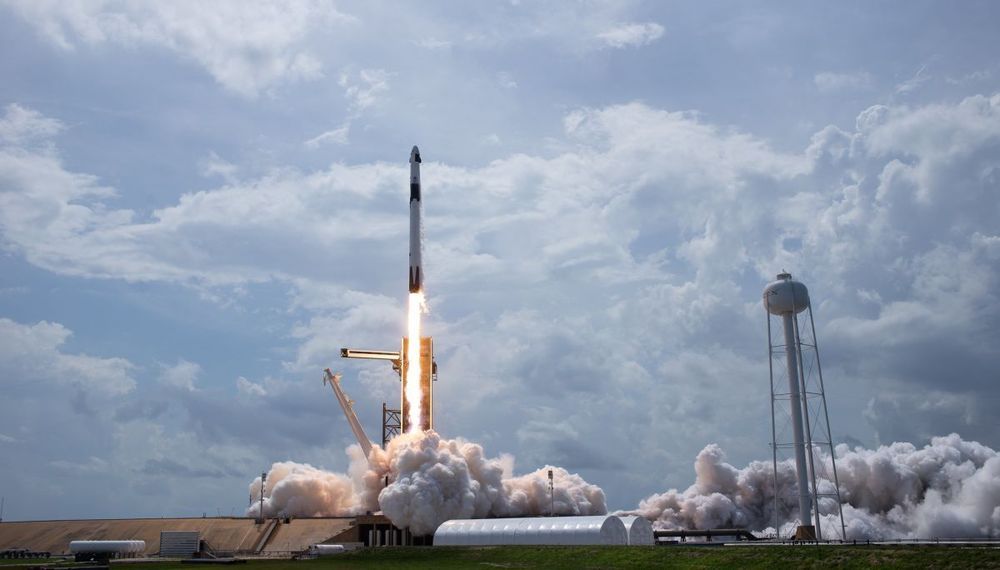

One of the biggest concerns that space agencies like NASA and SpaceX have when it comes to bringing humans to Planet Mars is survival.
Humans are poorly suited to life in space. The BBC reports:
We are products of 3.8 billion years of evolution in a comfy 1g oxygen-rich biosphere, protected by a magnetic bubble (the magnetosphere) from the harshness of the Universe. Away from the Earth, astronauts are bombarded by cosmic radiation and suffer nausea, muscle and bone loss, deteriorating eyesight and even weakened immune systems as a result of zero gravity.